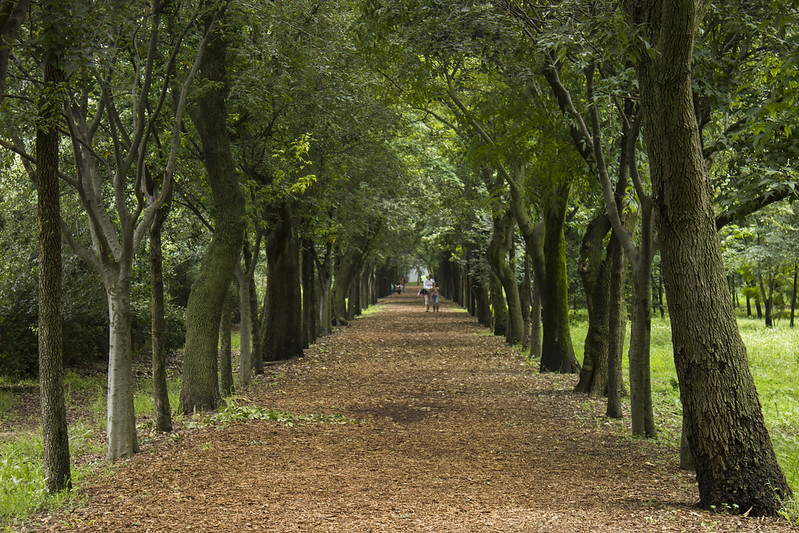
The Viveros de Coyoacán is a massive 39-hectare tree nursery and park. On the very west border of the alcaldia, it’s a popular running and exercise circuit, and a beautiful natural area. Accessible from the Viveros station on Metro Line 3, it makes a good stop for a quick refreshing afternoon. The Magdalena River still runs along the west side of the park. It’s currently in a long term process of decontamination and rehabilitation.
The park is very much an ecological and sustainability center for the city. Many of the trees growing in other parts of the city, including those along streets and in other parks come from here. The nursery today produces a bit more than 20 different forest species. Among them are ahuehuete, white cedar, ash, jacaranda, Chinese pine, white pine, stone pine, and common thunder pines.
Miguel Ángel de Quevedo donated an original one-hectare plot in 1901. An architect, engineer, and early environmentalist, Quevedo was known as the “Apostle of the Tree,” for his work in forestry and land conservation. The original plot of land had been part of a ranch called Panzacola. Quevedo was already well regarded for projects in the center of the city and in other parts of Mexico. Thus, he sought support to expand the plot as a nursery. Having been in and out of government, he eventually convinced the Secretary of the Treasury, and ultimately President Porfirio Díaz, to visit. Díaz was convinced of the site’s viability. Between 1911 and 1934, (not exactly tranquil years) the federal government continued to purchase other plots with the intent of expanding the nursery to the 39 hectares of today.
By the 1930s, the park opened to the public. And in 1938, President Lázaro Cárdenas del Río named the Viveros, along with the Coyoacán of the time, as one unified National Park.
Today, the park is home to a number of commercial greenhouses and nurseries which can be visited. There are also a number of national research institutes in forestry, agriculture, as well facilities of the Federal Secretary of the Environment and Natural Resources (SEMARNAT). Easily accessible from Metro Viveros-Derechos Humanos, it’s a fascinating natural and historically significant location.
 The Capital Bus Centro South Circuit makes its “Viveros” stop at the very south of the park. Buses stop on the north side of the Avenida Progreso. Passengers not wishing to continue to San Ángel get a chance to catch the Metro from here. It’s also a convenient stop for the Viveros park and for the ancient Pueblo Axotla just across the street.
The Capital Bus Centro South Circuit makes its “Viveros” stop at the very south of the park. Buses stop on the north side of the Avenida Progreso. Passengers not wishing to continue to San Ángel get a chance to catch the Metro from here. It’s also a convenient stop for the Viveros park and for the ancient Pueblo Axotla just across the street.
Park hours: Monday through Sunday from 6 a.m. to 6 p.m.
 http://www.viveroscoyoacan.gob.mx/
http://www.viveroscoyoacan.gob.mx/

Nearest at 0.38 kms.
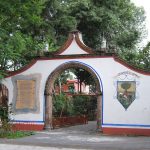
Nearest at 0.42 kms.
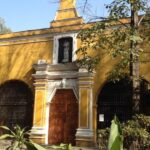
Nearest at 0.44 kms.

The remarkable legacy of mysterious 500-year-old olive trees...

The forest park of Tláhuac...
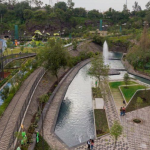
A former asphalt plant is reborn as a magnificent city park!
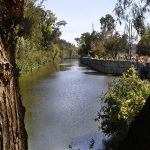
One of the Mexico City's oldest canals is restored and reinvigorated.

Once a forlorn barrier, today's Gran Canal park is uniting multiple neighborhoods.